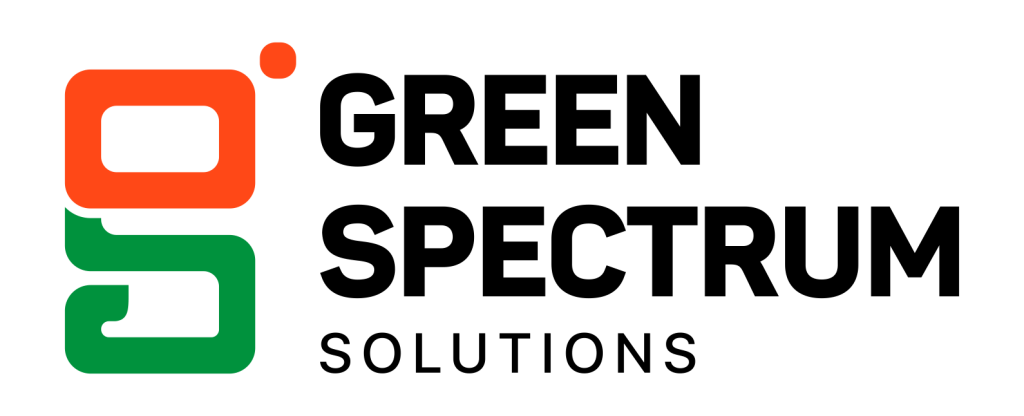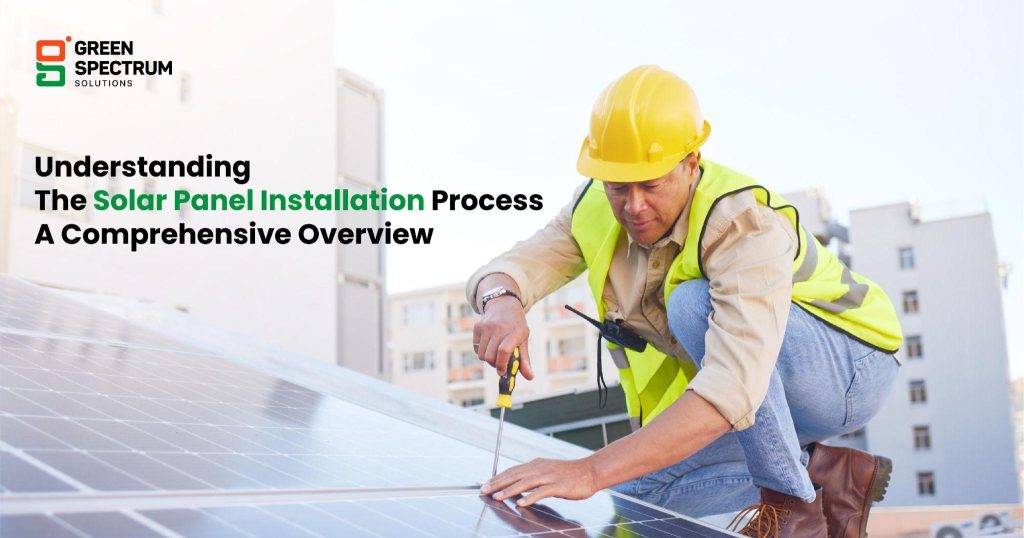If you are searching for solar power systems or Solar Panels Installation, you should look for the different types of solar inverters. These include one and three phase solar inverter. Depending on the electricity supply, your decision to choose the inverter type becomes easy. In most of the Australian homes, power supply is single phase, this means one wire comes in from the grid. Single-phase power supply is generally commonly used in Australian homes while 3-phase power supply pulls more electricity from the grid and is very useful to manage bigger loads for pools, heaters, electric chargers, and more.
The increasing demand for renewable energy solutions has brought solar power into the spotlight as a viable, sustainable alternative to traditional energy sources. With advancements in technology, Solar Panels Installation have become more efficient and accessible.
This blog aims to provide a comprehensive guide on Solar Panels Installation, focusing on the importance of three-phase solar inverters and solar electric battery storage. Whether you are a homeowner considering a switch to solar energy or a business looking to reduce your carbon footprint, this guide will help you understand the essential components and benefits of a solar energy system.
Understanding Solar Energy Systems
A solar energy system comprises several key components: solar panels, inverters, and battery storage systems. Each plays a crucial role in harnessing, converting, and storing solar energy.
– Solar Panels: These are the primary devices that capture sunlight and convert it into direct current (DC) electricity.
– Inverters: Solar inverters convert the DC electricity generated by solar panels into alternating current (AC), which can be used by home appliances or fed into the grid.
– Battery Storage: Solar electric battery storage systems store excess electricity produced by the solar panels for use when the sun is not shining.
The Importance of Three-Phase Solar Inverters
In a solar energy system, the inverter is a critical component. It ensures that the electricity generated by the solar panels can be used effectively in your home or business. There are two main types of inverters: single-phase and three-phase.
– Single-Phase Inverters: Typically used in residential Solar Panels Installation where the electricity demand is lower.
– Three-Phase Inverters: Ideal for commercial installations or larger homes with higher electricity demands.
Why Choose a Three-Phase Solar Inverter?
- Efficiency: A Three Phase Solar Inverter is more efficient at distributing power, reducing the strain on the electrical system and improving overall performance.
- Capacity: They can handle larger amounts of power, making them suitable for larger installations.
- Stability: These inverters provide a more stable and balanced power supply, reducing the risk of overloads and power surges.
Three-phase solar inverters are particularly beneficial for businesses that operate heavy machinery or have significant energy consumption, ensuring that their energy supply is consistent and reliable.
Solar Electric Battery Storage: A Game Changer
Solar Electric Battery Storage systems are revolutionizing the way we use solar energy. These batteries store the excess electricity generated by solar panels during the day for use at night or during cloudy periods. Here’s why investing in solar battery storage is a smart move:
- Energy Independence: With a solar battery, you can rely less on the grid and more on your own solar power, increasing your energy independence.
- Cost Savings: Storing excess energy means you can use it when electricity rates are higher, reducing your utility bills.
- Backup Power: During power outages, a Solar Battery Storage system can provide a reliable backup power source, keeping essential appliances and systems running.
- Environmental Impact: By maximizing the use of solar energy and reducing reliance on fossil fuels, you contribute to a reduction in greenhouse gas emissions.
Steps to Solar Panel Installation
Installing a Solar Energy System involves several steps, from planning and design to installation and maintenance. Here’s a step-by-step guide to help you understand the process:
Assessment and Planning:
– Site Assessment: A professional will assess your property to determine the best location for the solar panels, considering factors like sunlight exposure, roof condition, and shading.
– Energy Audit: Understanding your energy consumption patterns helps in designing a system that meets your needs.
– System Design: Based on the assessment and audit, a customized solar energy system is designed. This includes selecting the appropriate solar panels, inverters, and battery storage solutions.
Permitting and Approvals:
– Permits: Obtain the necessary permits from local authorities. This process can vary depending on your location.
– Approvals: In some cases, you may need approval from your utility company, especially if you plan to connect your system to the grid.
Installation:
– Mounting the Panels: Solar panels are mounted on your roof or another suitable location using specialized hardware to ensure stability and durability.`
– Electrical Wiring: The panels are connected to the inverter and battery storage system through electrical wiring.
– Inverter Installation: The inverter is installed and connected to your home’s electrical system, converting the DC power generated by the panels into AC power.
– Battery Storage Installation: If you are using a solar electric battery storage system, it will be installed and integrated with the inverter and solar panels.
System Testing and Commissioning:
– Inspection: A thorough inspection is conducted to ensure everything is installed correctly and safely.
– System Testing: The system is tested to ensure it operates as expected, generating and storing energy efficiently.
– Commissioning: Once everything is in place and functioning, the system is commissioned, and you can start using solar power.
Monitoring and Maintenance:
– Monitoring: A modern Solar Energy System comes with monitoring tools that allow you to track your energy production and consumption in real time.
– Maintenance: Regular maintenance, such as cleaning the panels and checking the system components, ensures optimal performance and longevity.
Conclusion
Investing in solar panels with Green Spectrum Solutions is a smart decision for anyone looking to reduce their energy costs, increase their energy independence, and contribute to a healthier planet. By understanding the importance of components like three-phase solar inverters and solar electric battery storage, you can make informed decisions that maximize the benefits of your solar installation. Whether you are a homeowner or a business owner, utilizing the power of the sun is a step toward a sustainable future.


